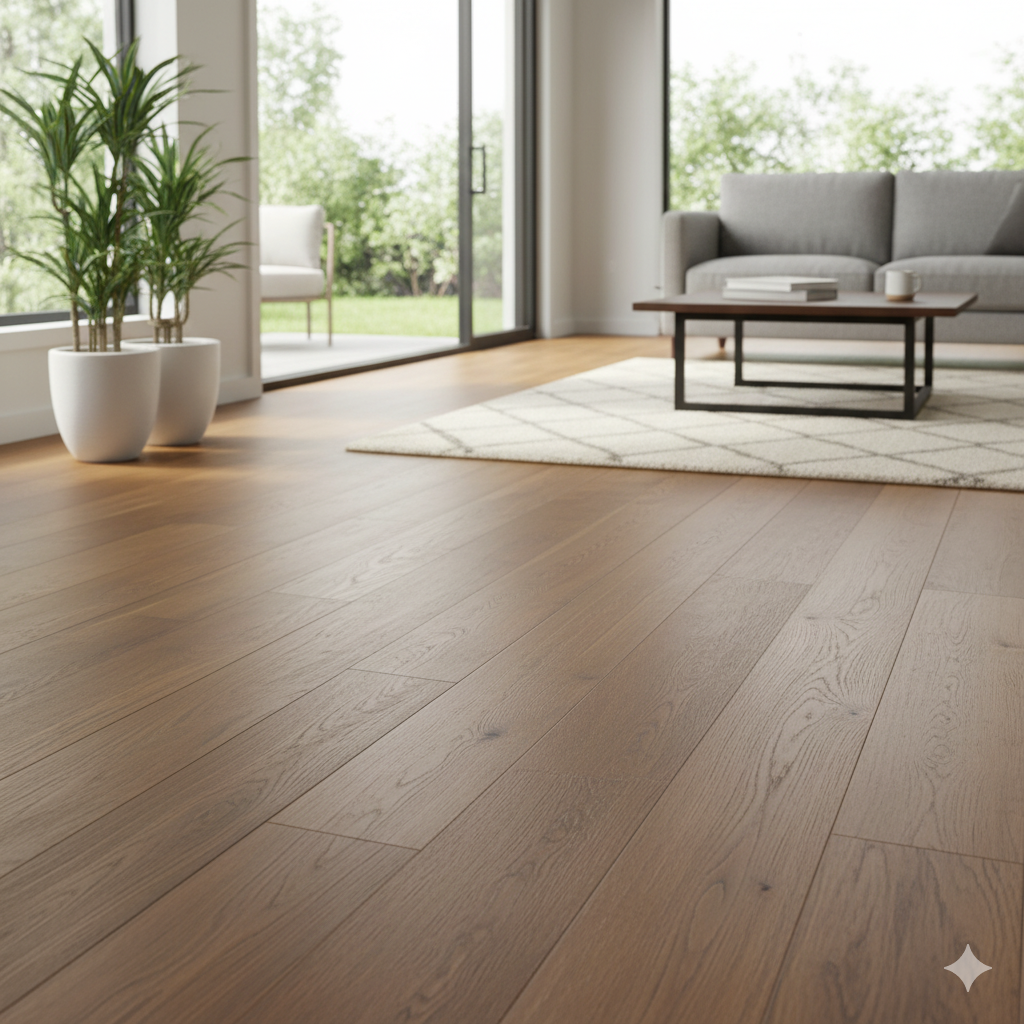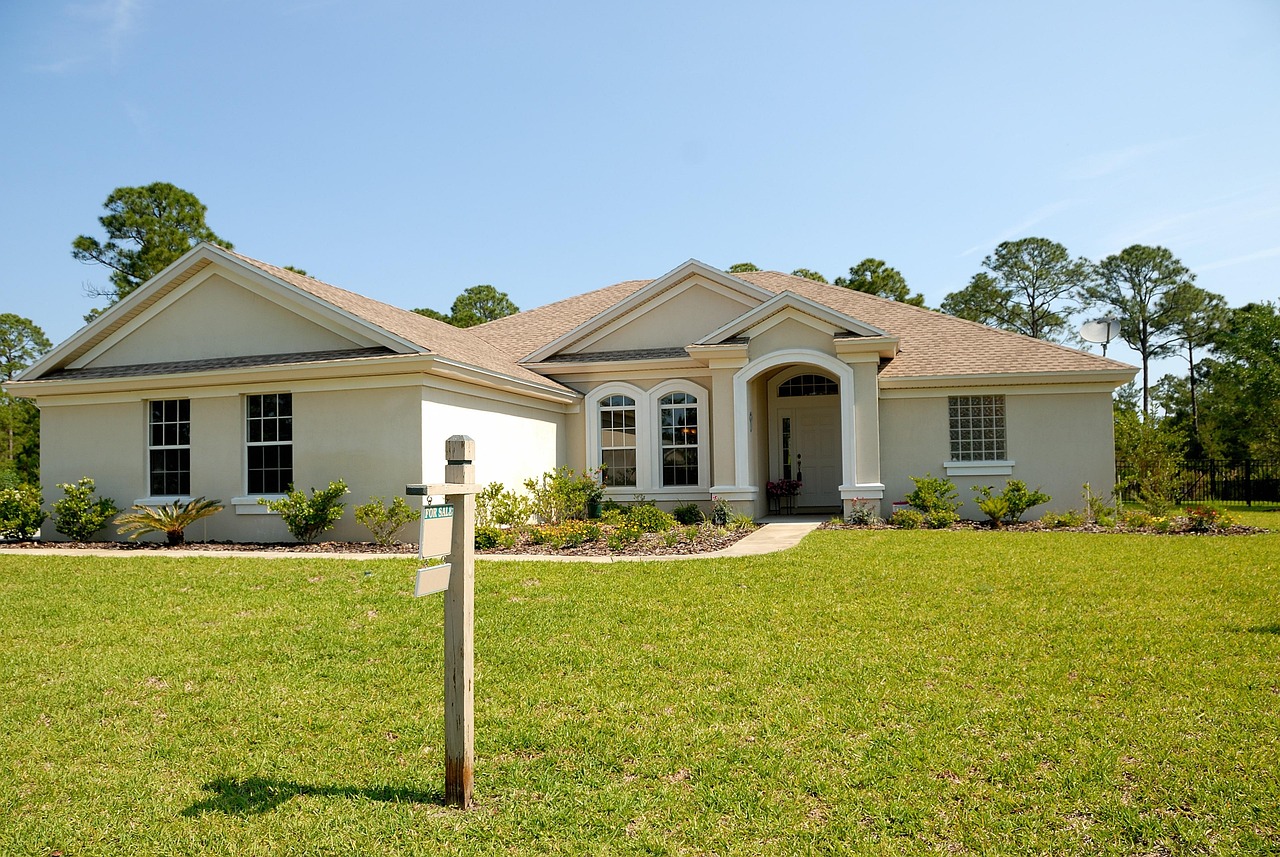Store flooring plays a crucial role in both the functionality and aesthetic appeal of any retail space. It must be durable enough to withstand heavy foot traffic while also complementing the overall design of the store. Choosing the right type of flooring can impact customer experience and influence how a brand is perceived.
The key to effective store flooring is selecting materials that balance durability, maintenance, and style. Options such as luxury vinyl plank, laminate, hardwood, and tile are popular for their resilience and versatility. Each material offers unique benefits depending on the store’s specific needs, location, and budget.
In addition to appearance and toughness, flooring should support safety and ease of cleaning to maintain a welcoming environment. Many stores prioritize low-maintenance solutions that still provide comfort and visual appeal for shoppers and employees alike.
Types of Store Flooring
Store floorings must balance durability, appearance, maintenance, and cost. Different materials offer unique advantages depending on the store’s traffic levels, design goals, and budget constraints. Choosing the right type enhances both functionality and customer experience.
Hardwood Flooring Options
Hardwood provides a classic, warm aesthetic favored in upscale stores. It is durable but requires regular maintenance to protect against scratches and moisture damage. Engineered hardwood is often preferred over solid wood due to better stability in changing humidity and temperature.
Hardwood floors can be refinished multiple times, extending their lifespan. However, they are generally more expensive both upfront and in upkeep than alternatives like vinyl. They are best suited for stores with moderate foot traffic where style is a high priority.
Vinyl and Laminate Solutions
Vinyl and laminate floors are cost-effective, durable, and available in many styles, including wood and stone looks. Vinyl, especially luxury vinyl tile (LVT), is water-resistant and easier to maintain, making it ideal for high-traffic retail areas.
Laminate is among the cheapest flooring options and offers a broad selection of designs. Both options handle scratches, scuffs, and spills better than hardwood but vary in lifespan—with vinyl typically lasting longer. These floors often come with commercial warranties, addressing durability needs in busy stores.
Tile and Stone Choices
Tile and natural stone floors are highly durable and resistant to moisture and heavy wear. Ceramic and porcelain tiles are commonly used due to their hardness and ease of cleaning. Natural stone, such as granite or slate, adds a premium look but requires periodic sealing.
While tile and stone offer longevity, they can be cold and hard underfoot, potentially affecting customer comfort. Installation and repair costs tend to be higher, but these materials are suitable for stores demanding strong resistance to damage and a polished appearance.
Choosing the Right Flooring for Your Store
Selecting store flooring requires balancing wear resistance, visual appeal, and financial constraints. Each factor shapes the shopping environment, influences maintenance efforts, and impacts long-term costs.
Durability and Maintenance Considerations
Flooring in retail stores must handle heavy foot traffic and occasional spills without degrading quickly. Materials like polished concrete, vinyl, and epoxy perform well under such conditions. Polished concrete offers excellent hardness and ease of cleaning, making it suitable for large spaces.
Maintenance frequency and methods vary by flooring type. Vinyl is more resistant to stains and requires less upkeep than wood but can be prone to scratches. Epoxy coatings provide a seamless surface that resists moisture and chemicals but may need professional renewal over time.
Durability should align with the store’s operational intensity. A high-traffic store benefits from tougher, low-maintenance floors to reduce downtime and repair costs.
Aesthetics and Brand Alignment
Flooring is a major element in defining a store’s atmosphere and brand identity. The choice should reflect the store’s style, whether modern, rustic, or upscale.
For instance, luxury retailers may opt for natural stone or high-end vinyl with textured finishes. Casual stores might lean toward affordable laminate or concrete with decorative coatings. Matching flooring colors and patterns to the overall design enhances customer perception and supports merchandising strategies.
Proper lighting also affects how floor colors and textures appear. Testing samples under store lighting is advisable before final selection to ensure the intended look.
Cost Factors and Budget Planning
Initial flooring costs vary widely depending on materials and installation complexity. Vinyl and laminate are often budget-friendly with moderate lifespan, while concrete polishing or stone involves higher upfront investment but longer durability.
Besides material and labor, ongoing maintenance expenses must be factored in. Surfaces requiring frequent professional cleaning or refinishing increase total cost of ownership.
A clear budget helps prioritize which properties are most important—whether longevity or upfront savings. Cost planning should also allow for unexpected repairs or upgrades without disrupting daily retail operations.
| Flooring Type | Initial Cost | Maintenance Frequency | Typical Lifespan |
| Polished Concrete | Moderate to High | Low | 10-20 years |
| Vinyl | Low to Moderate | Moderate | 5-10 years |
| Epoxy Coating | Moderate | Low to Moderate | 7-15 years |
| Laminate | Low | Moderate | 5-7 years |
| Natural Stone | High | Low to Moderate | 15-30 years |



